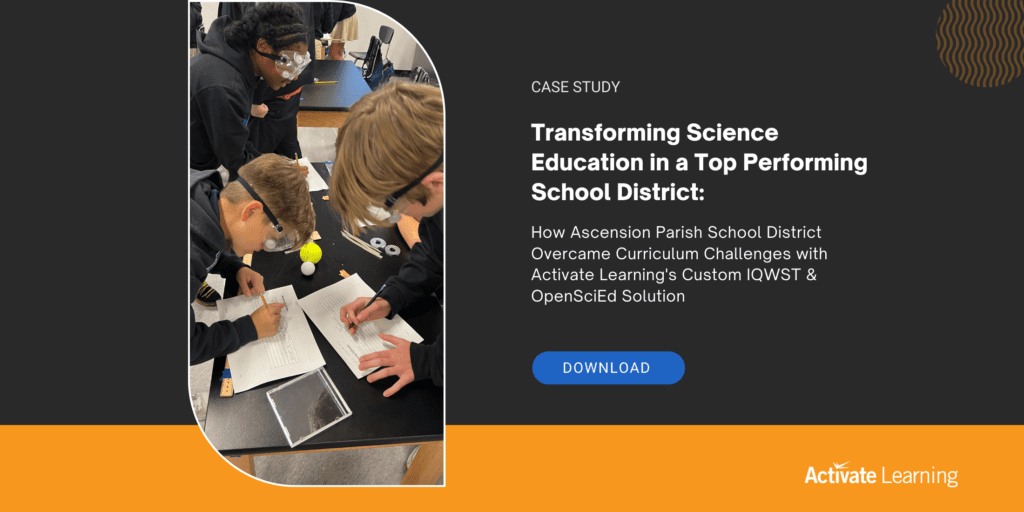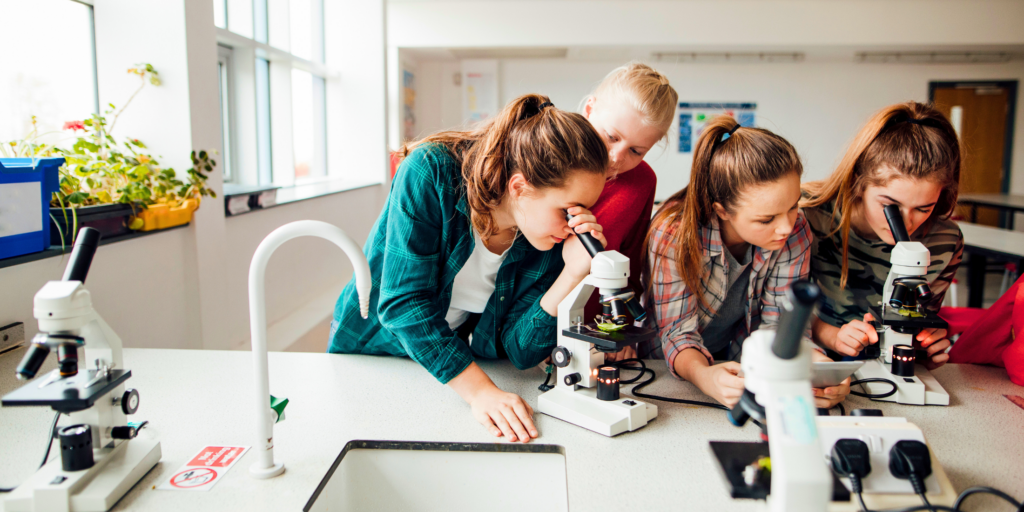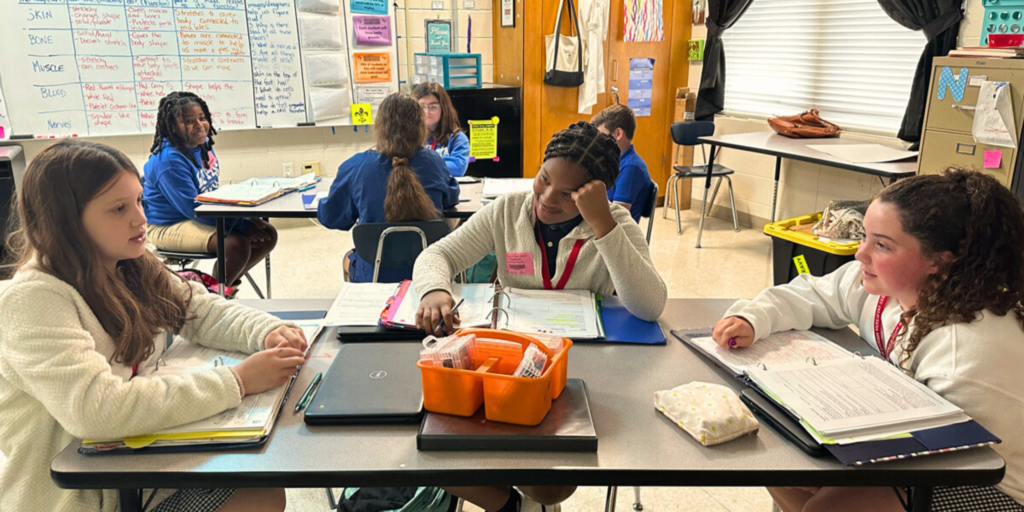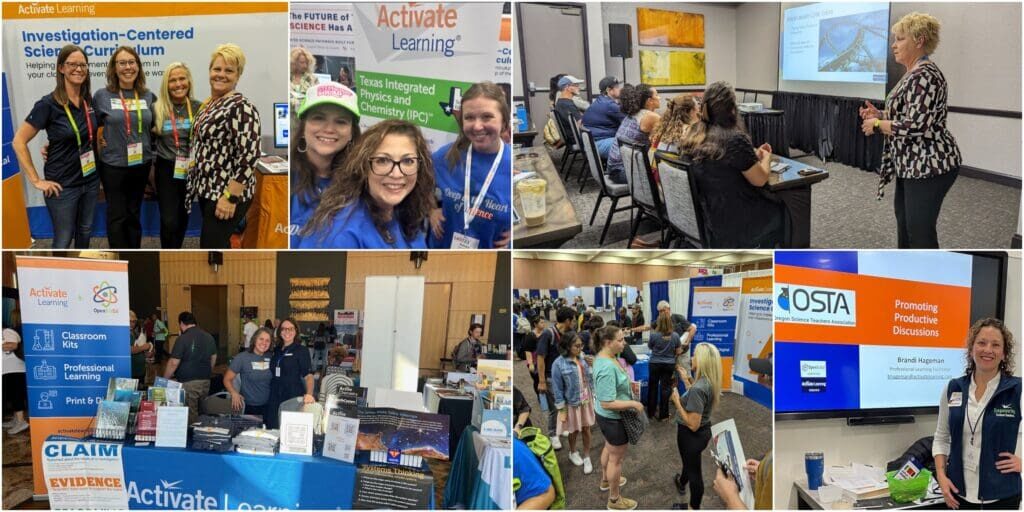Free STEM Teaching Resources: What is Artificial Intelligence?
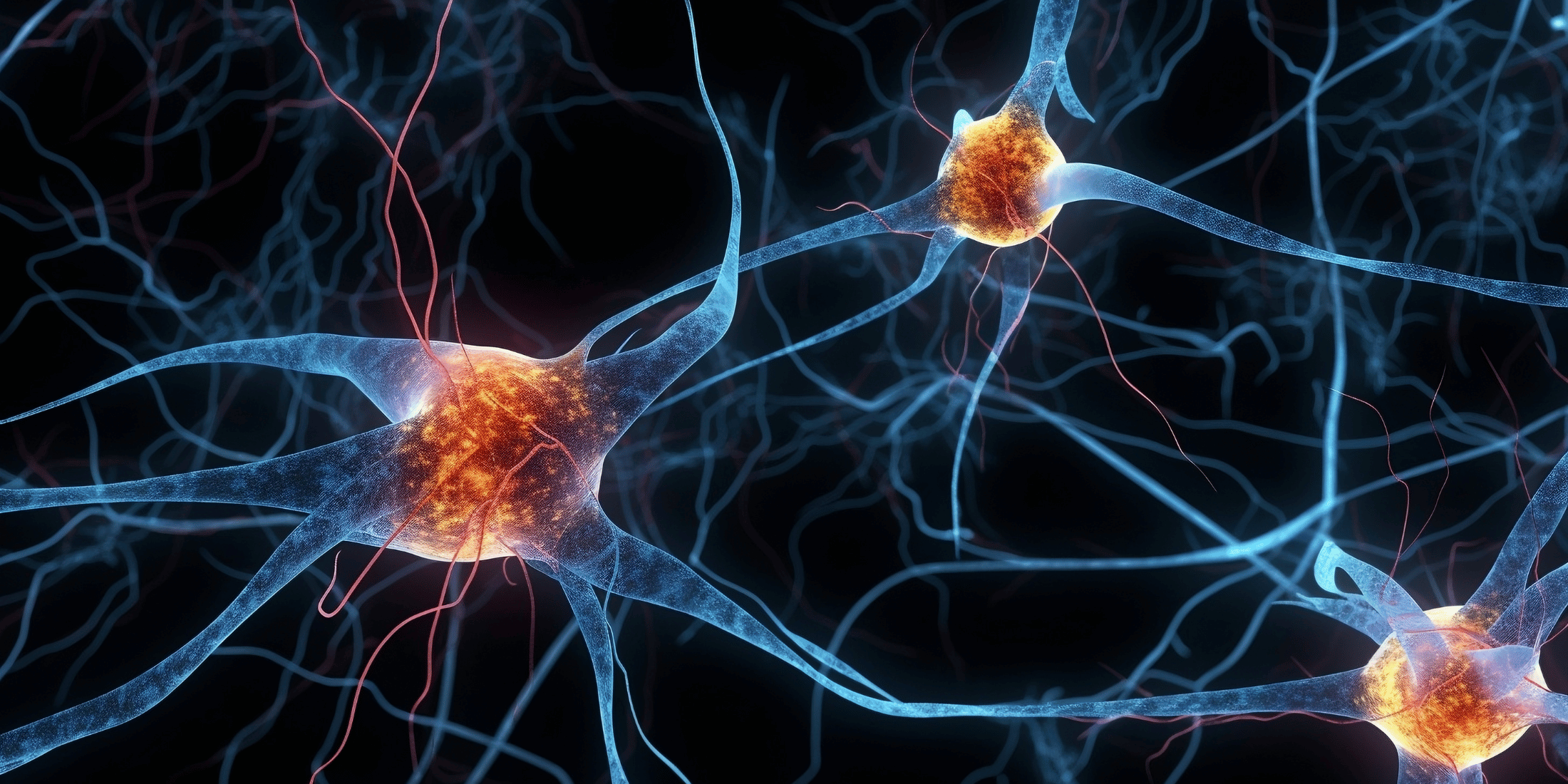
Free Resources to Drive Deeper Learning in STEM and Explore Artificial Intelligence
Have you ever stopped to wonder, what is Artificial Intelligence? How does it "think", "understand", and even "learn"? It's a field of study that draws its inspirations right from our own brain's intricate networks, and it’s ready to be unpacked for your students!
Our free lesson plans for Elementary, Middle and High School offers a fascinating look into Artificial Intelligence. We'll start at the very core: exploring the concept of intelligence and the phenomenal architecture of our human brain. Then we'll uncover how Artificial Neural Networks mimic these organic processes resulting in Generative AI, an AI that doesn't just compute but creates.
For educators eager to bring emerging science and current developments in STEM to their lessons, this is an exciting opportunity. Not only will students be excited to learn about Artificial Intelligence, but they'll also be equipped with knowledge essential for understanding where STEM is heading in the future.
These Artificial Intelligence lessons are supported with comprehension questions, as well as a beautiful poster to intrigue your students and spur class discussions.
Let's talk about Artificial Intelligence
Welcome to the fascinating world of Artificial Intelligence or AI! We will explore the incredible concept of AI, starting with the meaning of intelligence, then a peek into how our brains work, and finally, an exciting look into what AI can do for us.
Download Free STEM Teaching Resources:
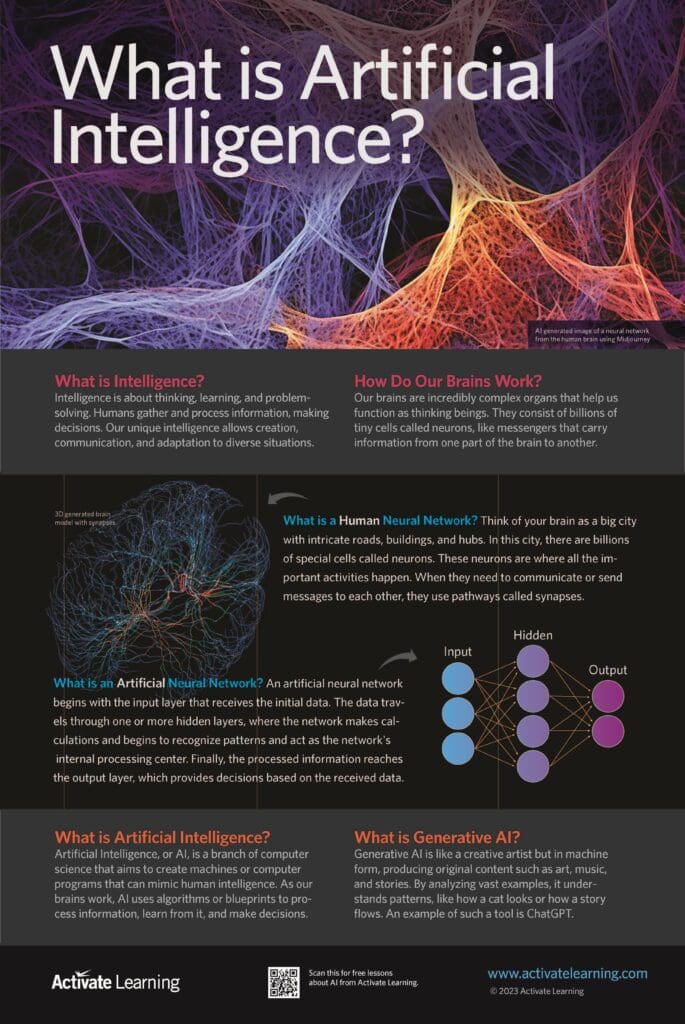
Learn more about Artificial Intelligence with content from our 6-12 reading:
What is Intelligence?
Intelligence is thinking, learning, understanding, and solving problems. It allows us to gather information from the world, process it, and make decisions based on that knowledge. Humans possess unique intelligence, enabling us to create, communicate, and adapt to different situations.
How Do Our Brains Work?
Our brains are incredibly complex organs that help us function as thinking beings. They consist of billions of tiny cells called neurons, like messengers that carry information from one part of the brain to another. These neurons form networks and communicate through electrical and chemical signals. These are called neural networks or pathways.
When we learn something new, our brain connects these neurons. The more we practice and use the information, the stronger these connections become, making it easier to remember and use that knowledge. This process is similar to building a network of roads in our brain, connecting different cities (information) and making it easier to travel between them (retrieve knowledge).
What is a Human Neural Network?
Think of your brain as a big city with intricate roads, buildings, and hubs. In this city, there are billions of special cells called neurons. These neurons are where all the important activities happen. When they need to communicate or send messages to each other, they use pathways or synapses.
Sometimes, groups of neurons gather in unique clusters called ganglia, like busy city centers or hubs. These ganglia help organize and process the messages. This whole system of neurons, pathways, and ganglia is our human neural network, which lets us think, feel, and remember.
What is an Artificial Neural Network?
An artificial neural network is like a complex web of interconnected points designed to process information in a way inspired by the human brain. At the start of this web, there’s the input layer that receives the initial data or information. After this, the data travels through one or more hidden layers, where the network makes calculations and begins to recognize patterns.
These hidden layers act as the network’s internal processing units. Finally, the processed information reaches the output layer, which provides the final result or decision based on the received data. These layers help the network learn, adapt, and make predictions.
What is Artificial Intelligence?
Artificial Intelligence, or AI, is a branch of computer science that aims to create machines or computer programs that can mimic human intelligence. As our brains work, AI uses algorithms or blueprints to process information, learn from it, and make decisions or solve problems. While AI cannot have feelings or emotions like humans, it can perform specific tasks with incredible precision and speed.
AI has become an essential part of our lives, impacting various aspects, such as:
a) Personal Assistants: AI-powered virtual assistants like Siri, Alexa, and Google Assistant can help us with tasks like setting reminders, answering questions, and controlling smart home devices.
b) Education: AI can aid in personalized learning, offering students tailored exercises and learning materials based on their strengths and weaknesses.
c) Healthcare: AI can analyze medical data to assist doctors in diagnosing diseases, suggesting treatments, and predicting potential health risks.
d) Autonomous Vehicles: AI is at the core of self-driving cars, allowing them to perceive their surroundings, navigate safely, and make real-time decisions.
e) Gaming: AI enhances video games by creating intelligent non-player characters (NPCs) that can challenge players and adapt to their strategies.
What is Generative AI?
Generative AI is a special AI that acts like a creative artist. It can make new stuff like paintings, music, and stories, just like humans use their imagination to draw or make up stories. The trick is that generative AI uses computer programs to help it do this.
Generative AI learns by looking at examples. Imagine teaching a robot how to draw cats. You’d show it many cat pictures, and the robot would discover what makes a cat look like a cat, such as pointy ears and a tail. Once it understands, it can draw new cat pictures using what it learned. Think about a generative AI called “ChatGPT.” It’s like a talking robot that writes text. It learns from conversations and stories, so it can make up new stories or answer questions like a human.
Generative AI is cool because you can ask it to create things, like a story about a dragon and a unicorn having a magical adventure. It uses what it learned to create a new story just for you. But, like an artist who could be better, generative AI might mess up sometimes or create things that don’t quite make sense. Still, it’s impressive that computers can learn to be creative and make new things, right? So, when you see art or hear music made by AI, remember it’s like a robot artist using what it learned to be creative! This article actually used Generative Al to help write.
Conclusion
Artificial Intelligence (AI) comes with various advantages and disadvantages. Artificial Intelligence is a marvel of human innovation that seeks to replicate our intelligence in machines. Just like our brains process information, learn from it, and make decisions, AI algorithms do the same, helping us in numerous aspects of our lives. While AI has made remarkable progress, it is essential to continue exploring its potential responsibly to ensure a future that benefits humanity.
So, embrace the wonders of AI, and who knows, you might be the future AI expert working on groundbreaking projects that could change the world!
© 2023 Activate Learning. Not for resale, redistribution, or use other than classroom use without permission.
* * * * *
